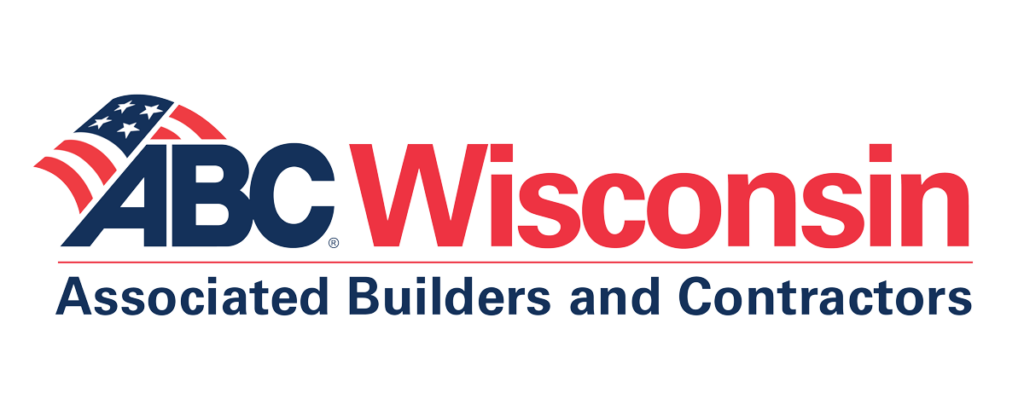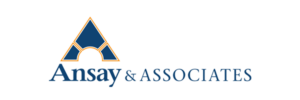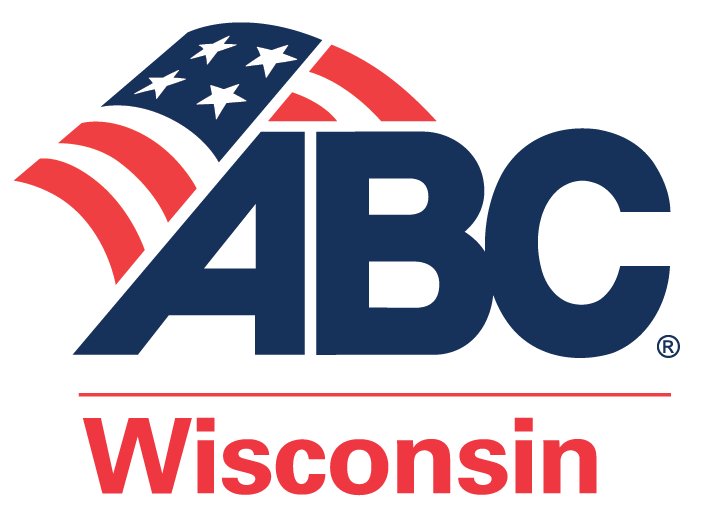Predictive Ergonomics and Job Analysis
A physical job analysis should be performed for every position that exists in your organization. Not only is it helpful when crafting job descriptions, but also when determining the work-relatedness of a reportable injury or planning a return-to-work schedule following injury.
A job analysis should examine the following elements through observations and interviews with current workers and supervisors:
- Purpose of the job and essential job functions
- Physical, sensory and cognitive demands and how often they are required
- Common tools and materials handled (including weights and measures)
- Environmental exposures
A job analysis can serve as a critical document in a number of situations, including:
- Determining whether a person can perform the job with reasonable accommodations under the Americans with Disabilities Act (ADA).
- Training employees to work safely and avoid injury.
- Assessing if an injury is work-related or unlikely caused within the work environment.
- Examining injured employees for fitness of duty (i.e., resume normal duties after an injury or perform light duty).
Companies with a web-based job analysis program benefit from access to shared information. Key stakeholders within the company—legal, HR, operations, safety management—can see the most up-to-date information for every position in the organization. Companies see improvements in injury management and job rotation, communication with medical providers, cost control for workers’ compensation claims and an overall reduction in workplace injuries.
The good news is fewer workplace injuries means fewer injury reports need to be filed with OSHA and state workers’ compensation. The bad news is no safety program totally eliminates the need for OSHA recordkeeping.
Recordkeeping
With constantly evolving workplace regulations and standards, OSHA compliance and recordkeeping could be a full-time job within your organization. For most companies the responsibility of filing reports often lies with safety managers and/or human resources and can take valuable time out of their day.
Thankfully, OSHA recordkeeping can be relatively painless with a web-based application that auto populates data across all required forms, saving time and virtually eliminating filing mistakes. Some technology also provides real-time metrics for your organization’s DART rate, OSHA incident rate and lost time reports. Plus, a web-based program allows all stakeholders access to the same shared information for tracking purposes.
Which Software and Apps are Best?
As with any tool or program, safety apps and software aren’t necessarily one-size-fits-all and many platforms cater to specific business needs. To ensure the best fit for your organization, it’s important to understand your unique business risks and safety goals when choosing specific products.
OSHALogs is one option to consider. If you’re looking for ways to simplify OSHA recordkeeping, a great place to start is with a demo of the OSHALogs platform.












